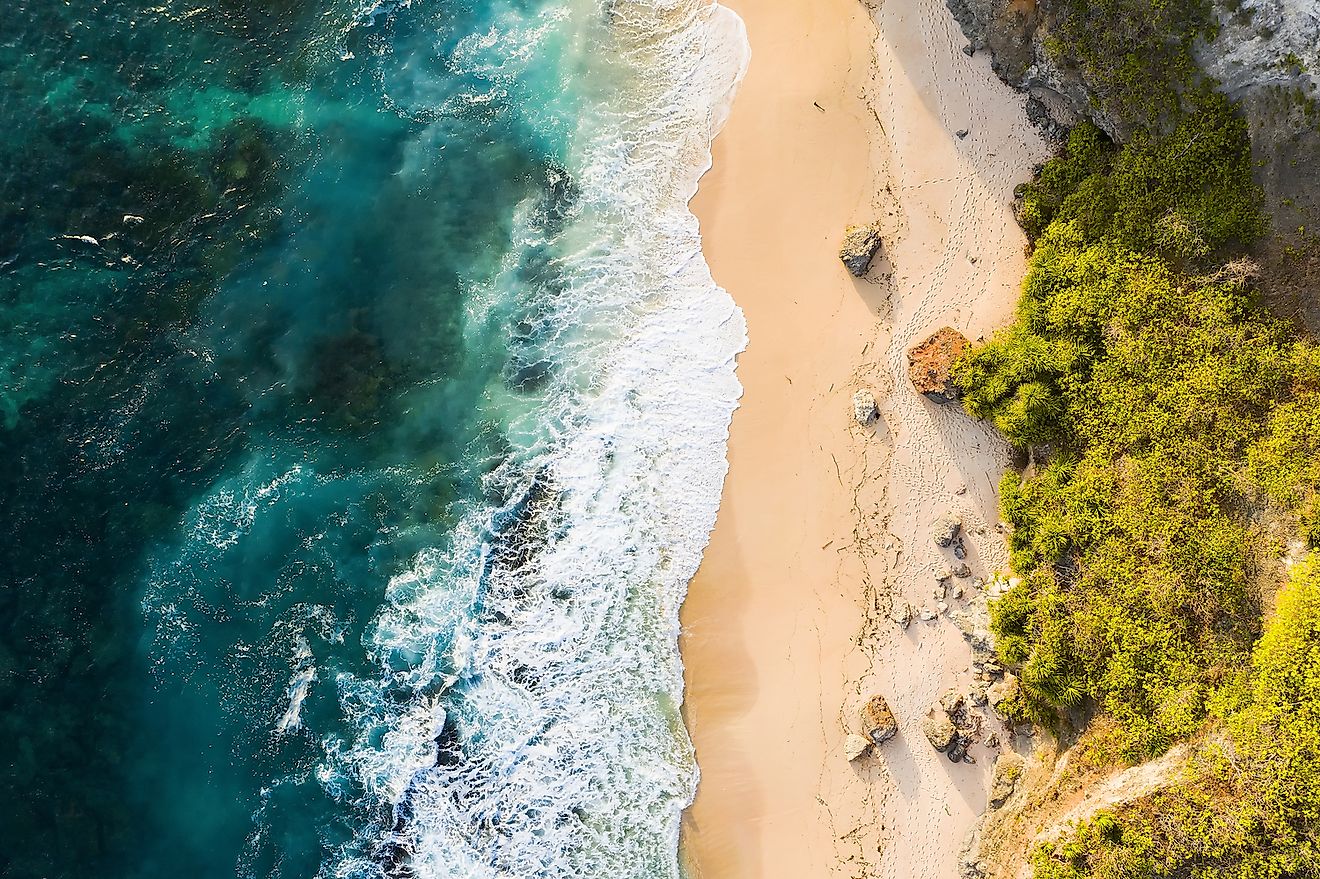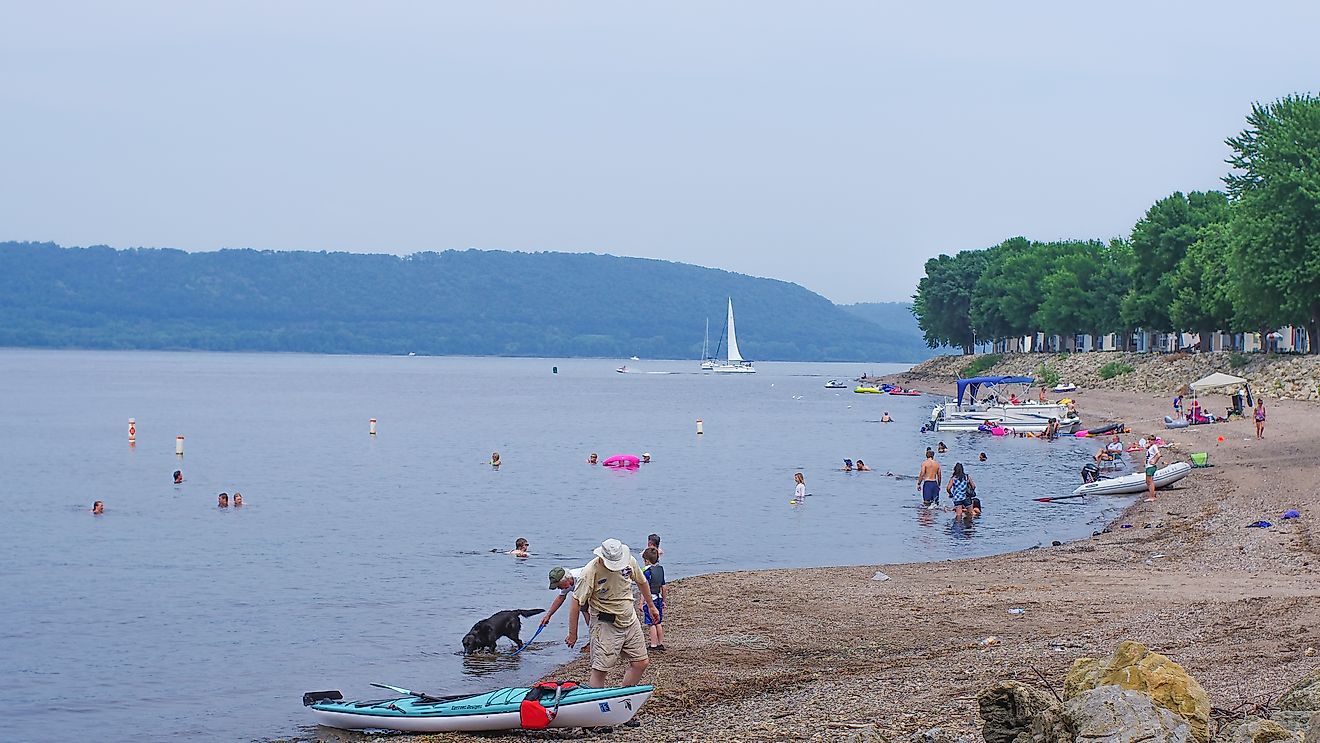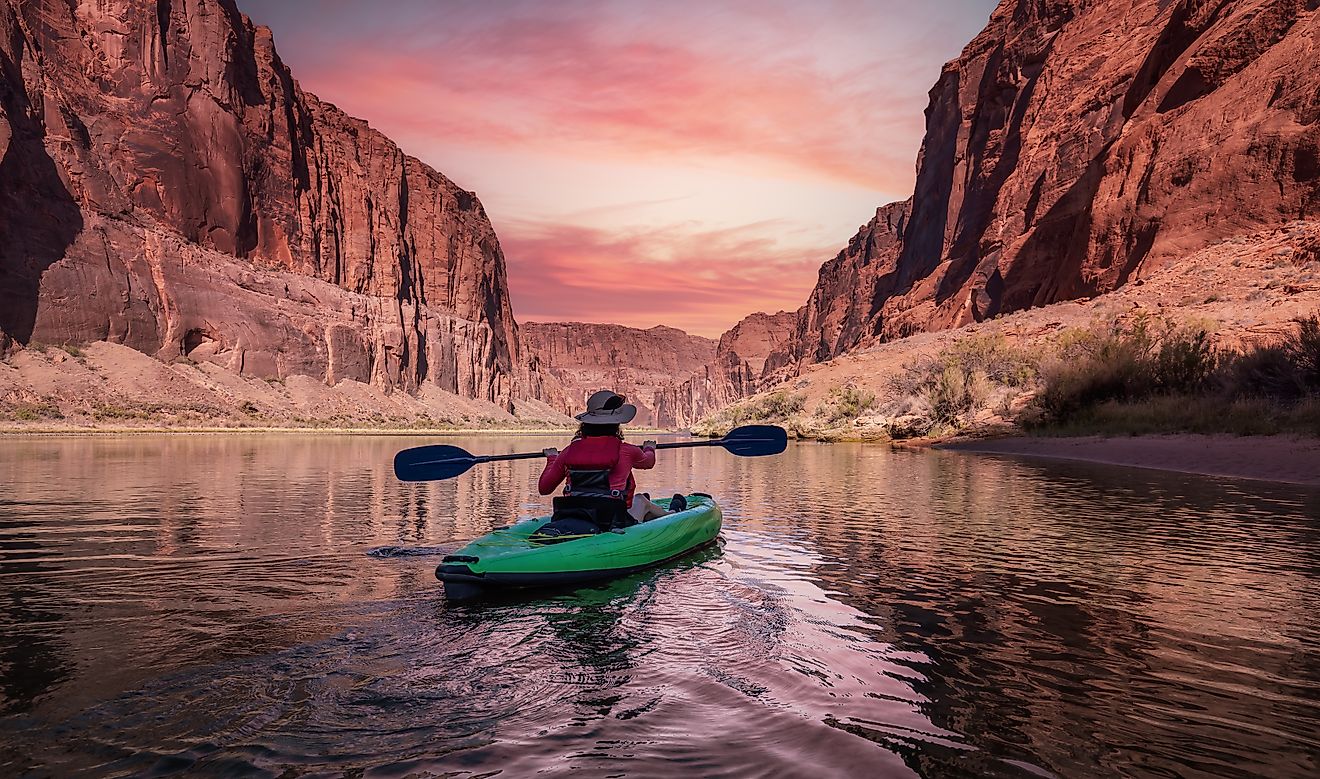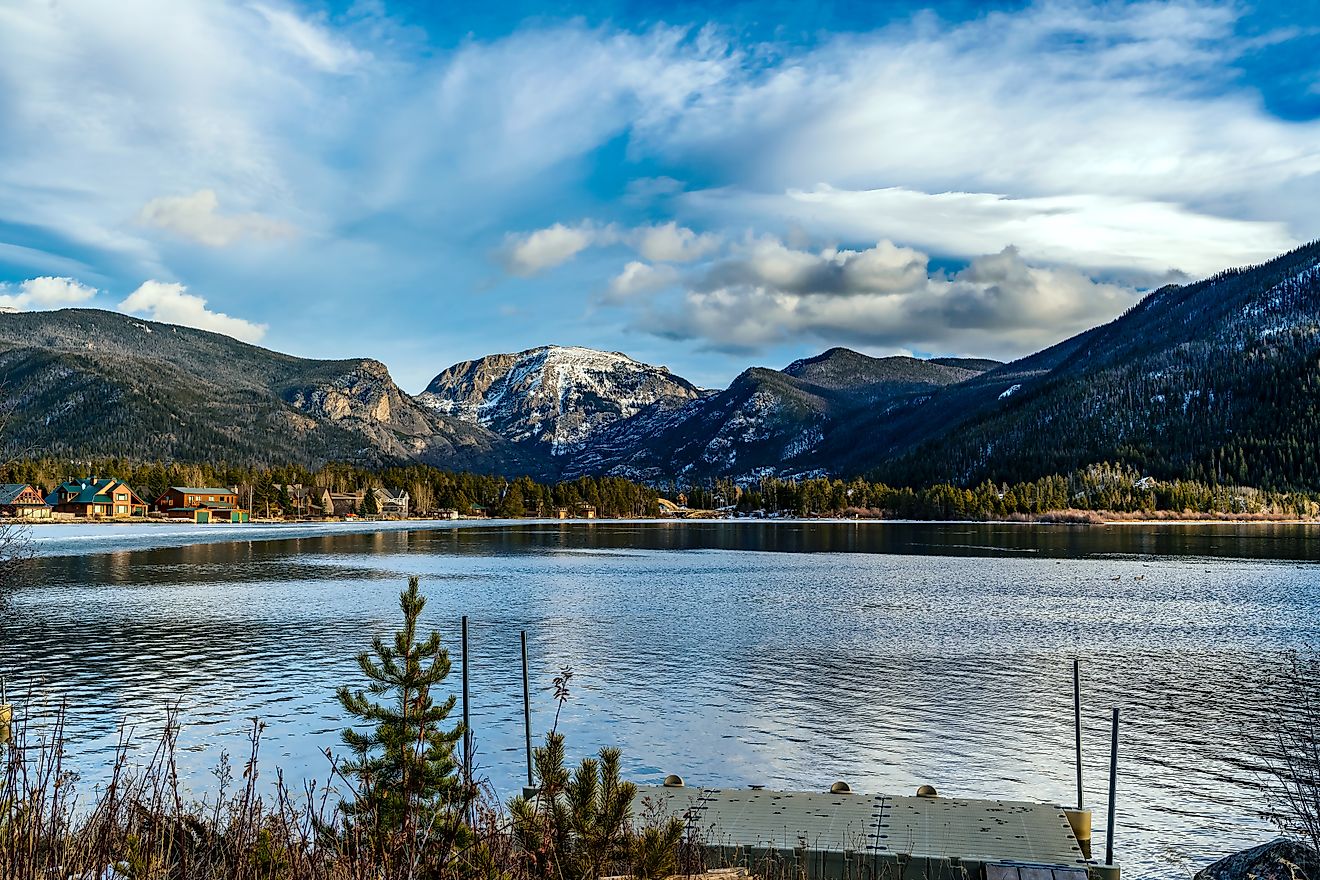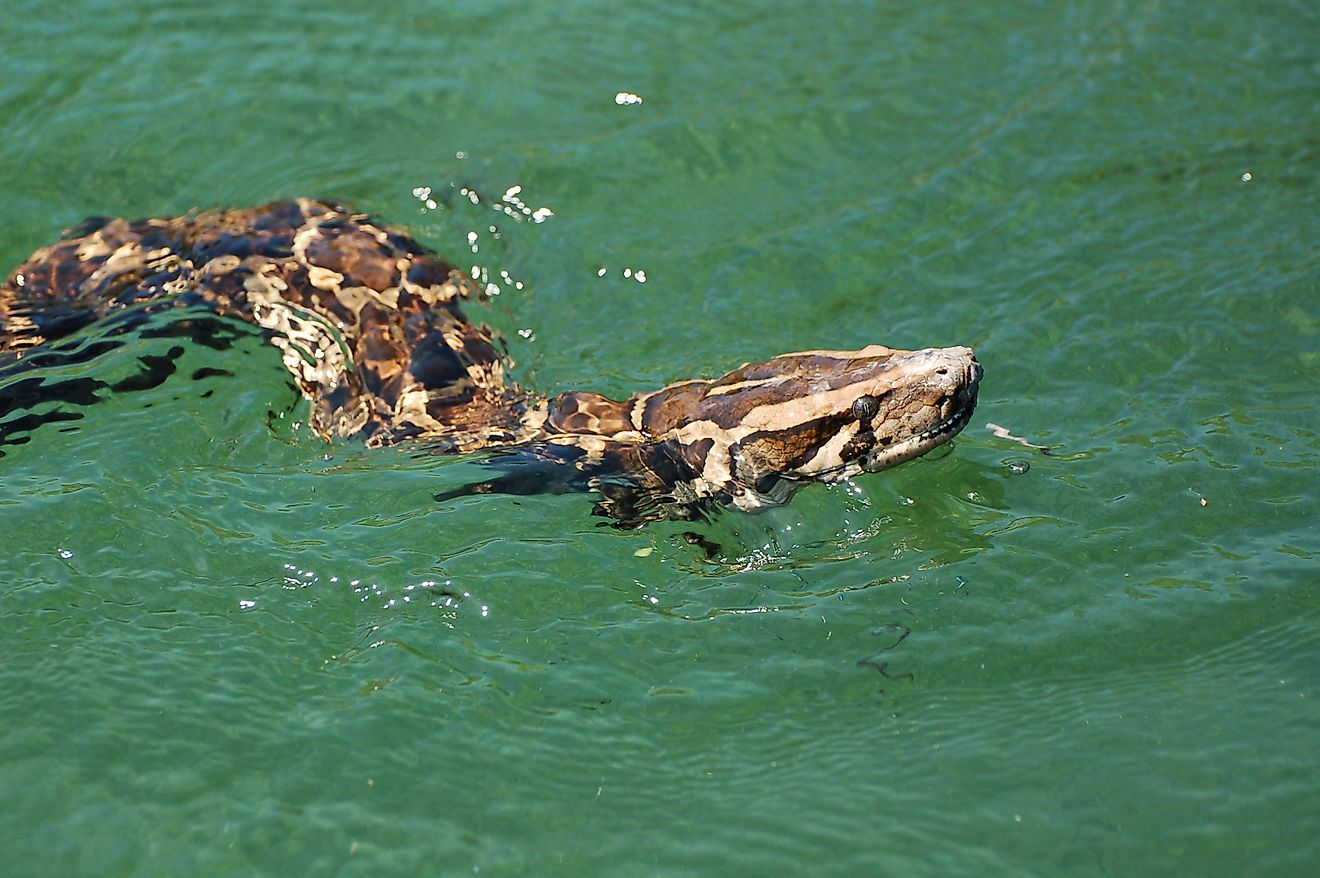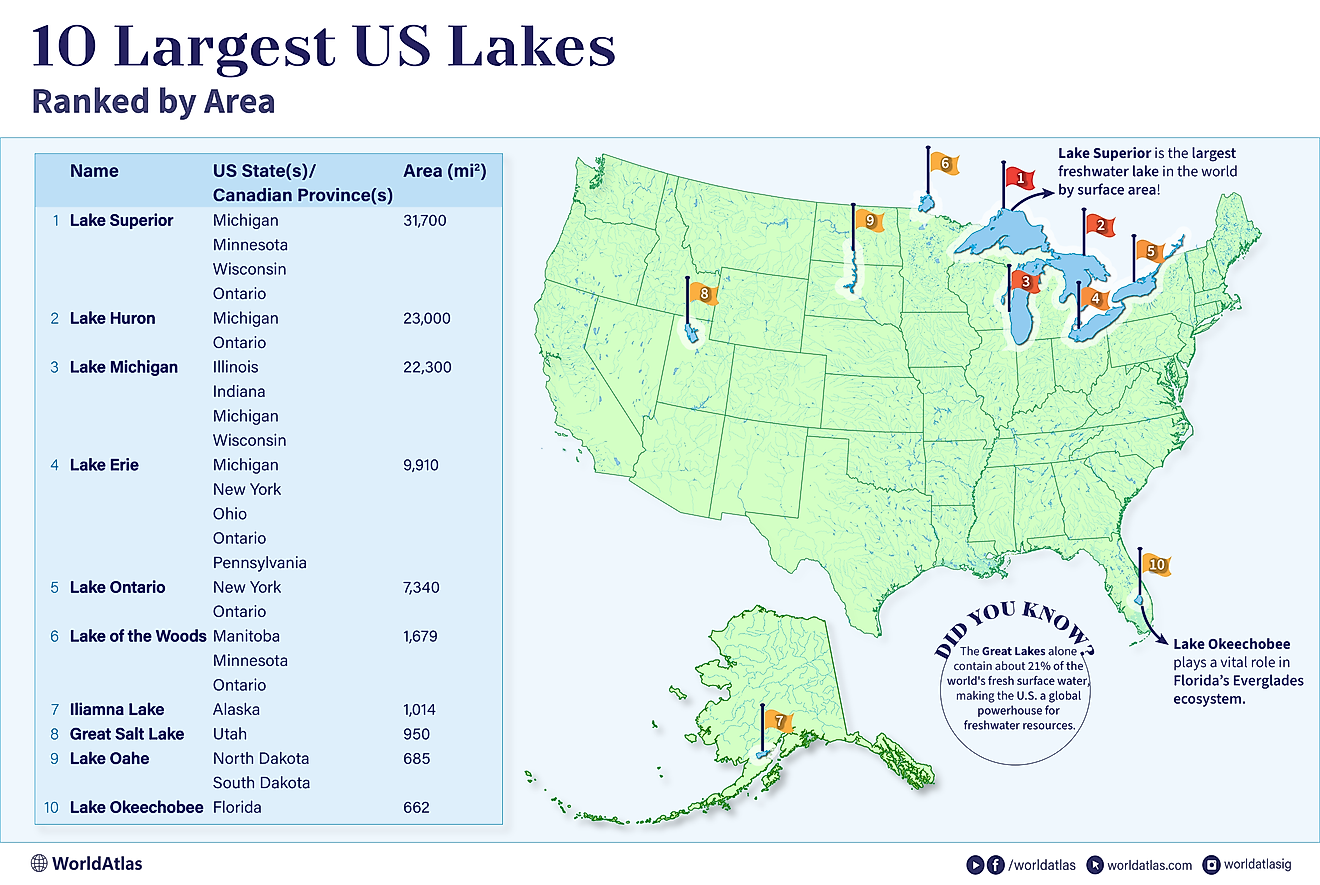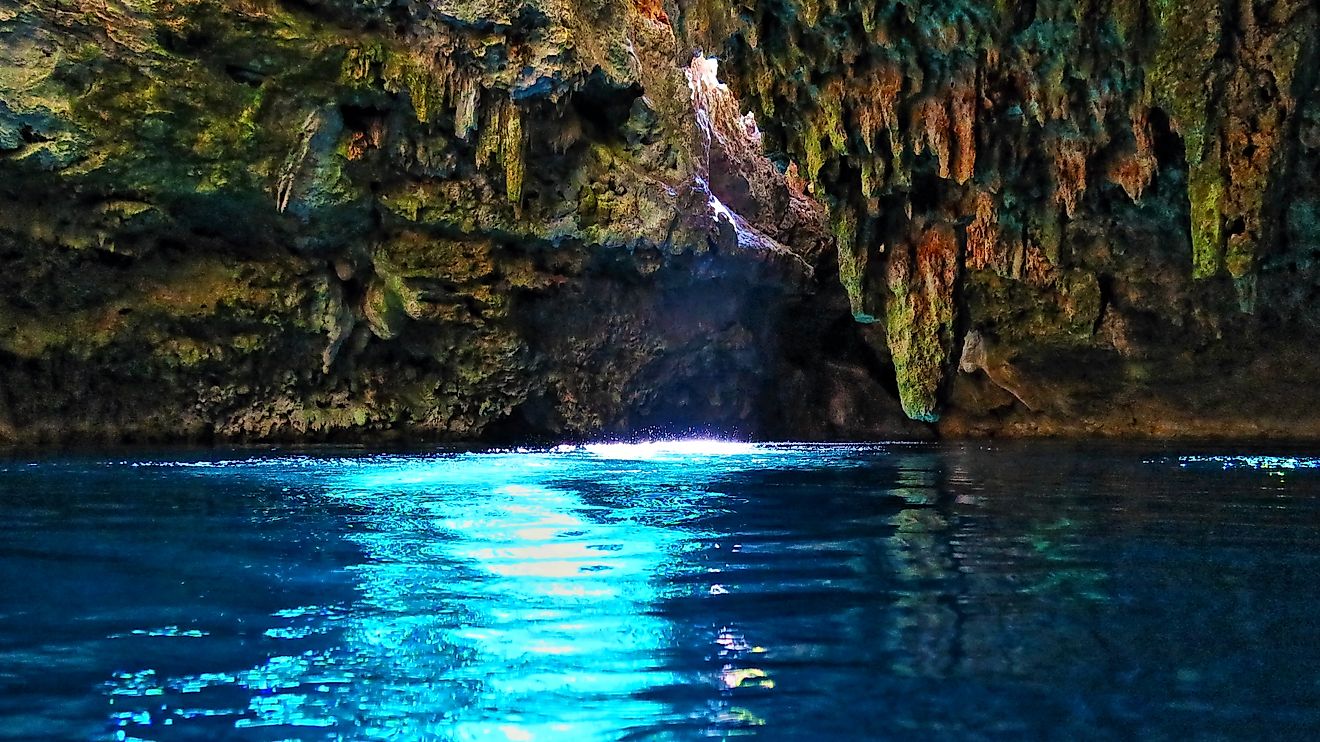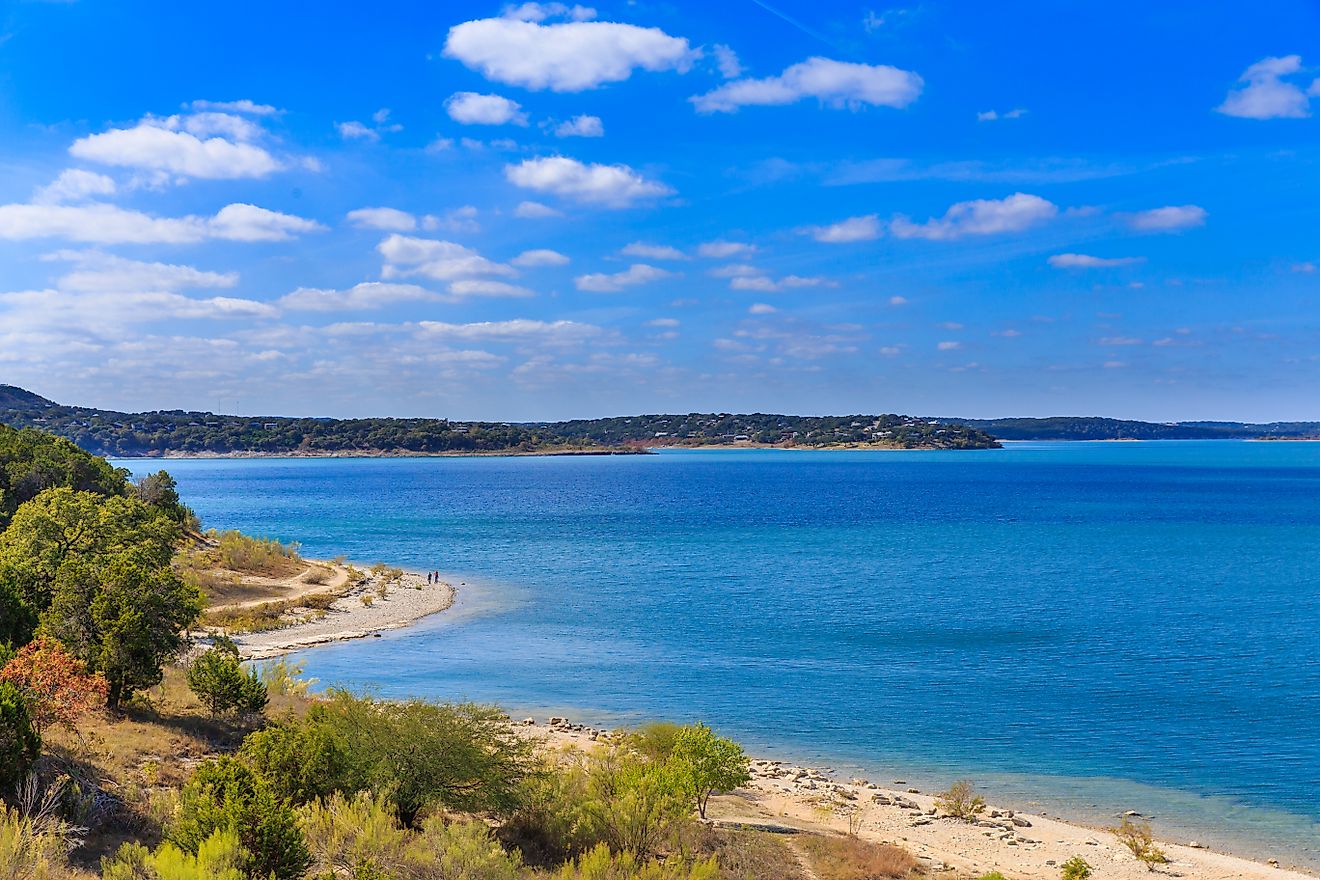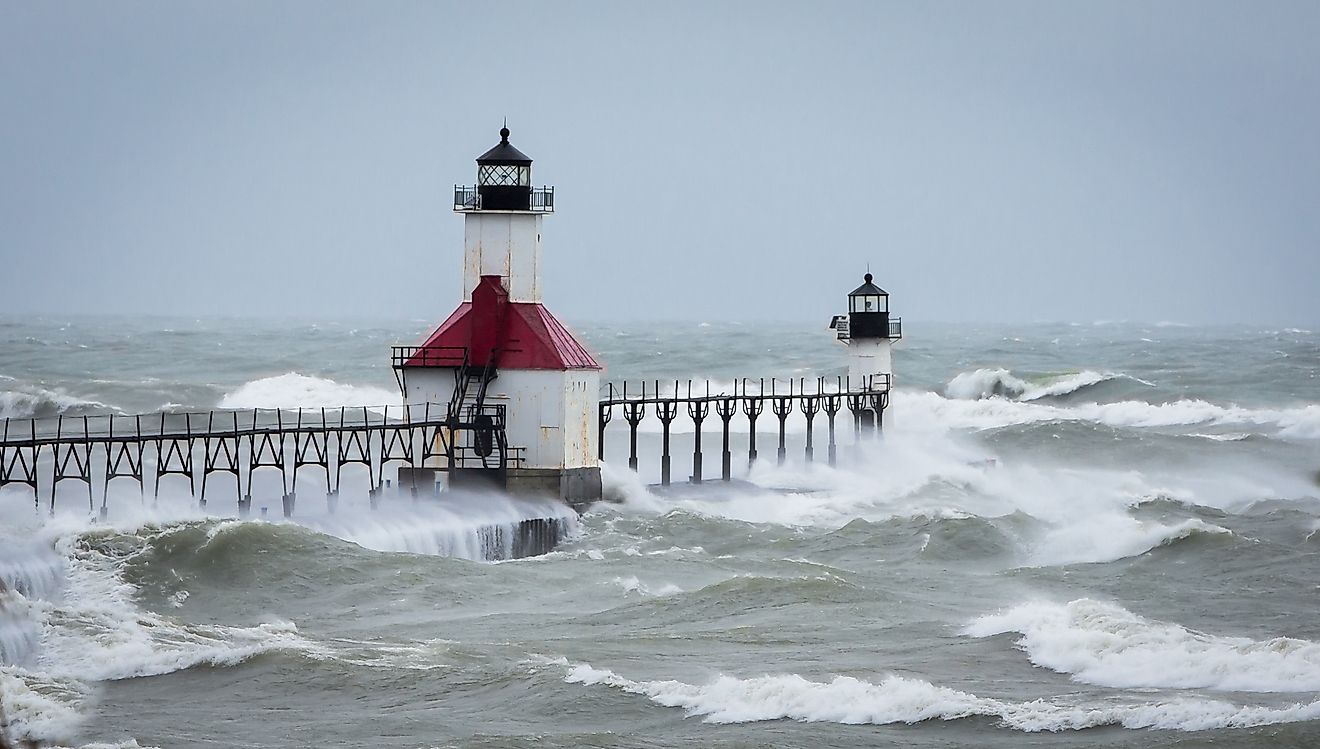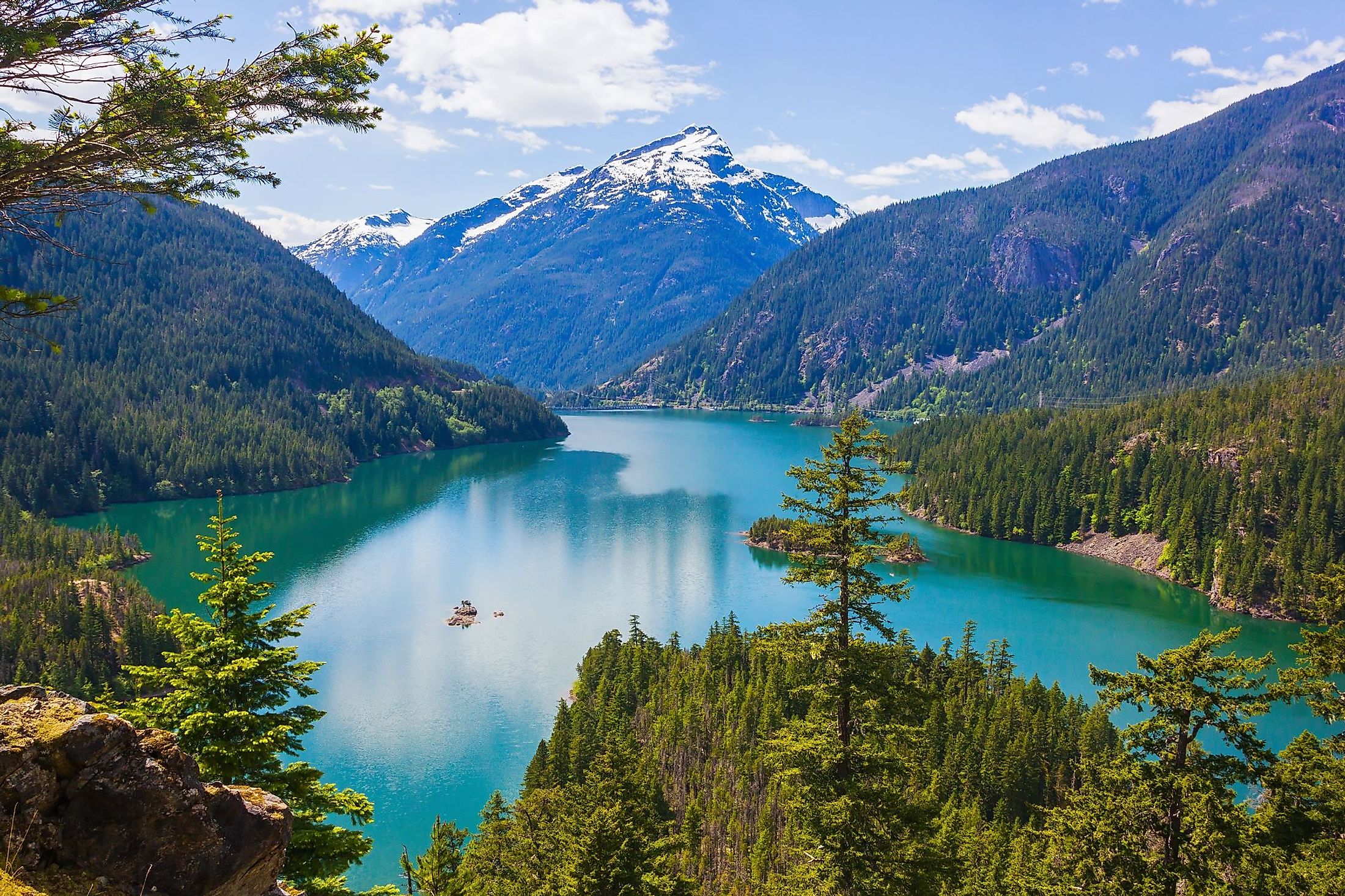
Diablo Lake, Washington
Diablo Lake is a gorgeous reservoir situated in the North Cascades in the northern portion of the US State of Washington. This artificial lake was formed due to the construction of the Diablo hydroelectric dam on the Skagit River. Along with the adjacent Ross Lake and Gorge Lake, Diablo Lake supplies hydroelectric power to the state's biggest city Seattle. Yet, the place doesn't feel artificial due to its secluded location and breathtaking natural surroundings. Due to the adjacent glaciers, the lake has a turquoise blue hue, which looks stunning against the background of snow-capped mountains.
Geography Of Diablo Lake
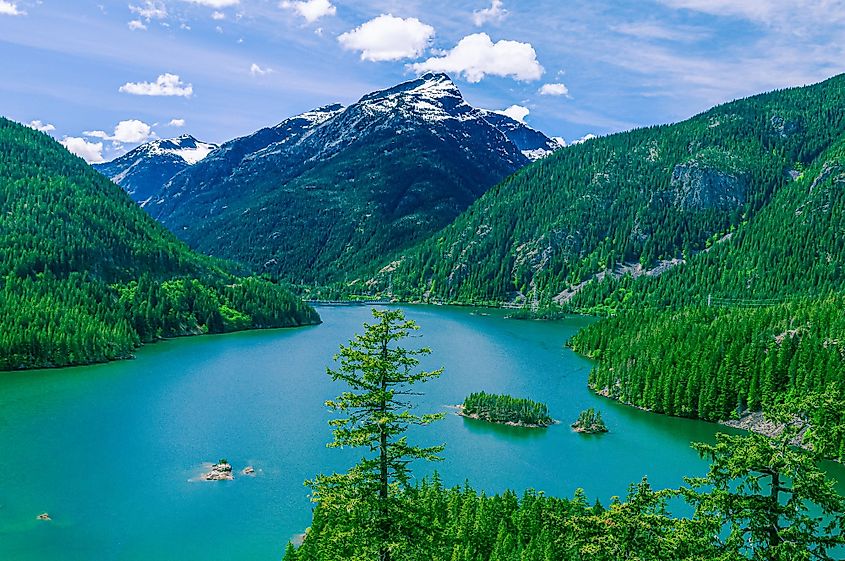
Diablo Lake, formed by Diablo Dam, is situated on the Skagit River between Ross Lake and Gorge Lake at an elevation of 366 m above sea level. Access points to the lake are located on the north side of Highway 20, often known as the North Cascades Highway, which begins east of Sedro-Woolley and runs parallel to the Skagit River. Located in the North Cascades National Park, Diablo Lake contains a variety of fish species, such as rainbow and cutthroat trout. The Diablo Lake Trail can potentially pique the curiosity of visitors. This path offers hikers a 7.6-mile roundtrip journey with an elevation gain of 1,400 feet. Views of various minor North Cascades peaks, such as Davis Peaks, Pyramid, and Jack Mountain, may be seen during the hike to the trailhead.
Geology Of Diablo Lake
Of Diablo Lake's fascinating features, its turquoise green color is the most frequent factor that leads people to detour off Highway 20 and spend some time snapping pictures or strolling along the lake's pathways. The National Park Service claims that the color results from sunlight being refracted by glacial flour. The Skagit River and its lakes are filled with rock carried downstream by erosive processes from the nearby mountains.
History Of Diablo Lake
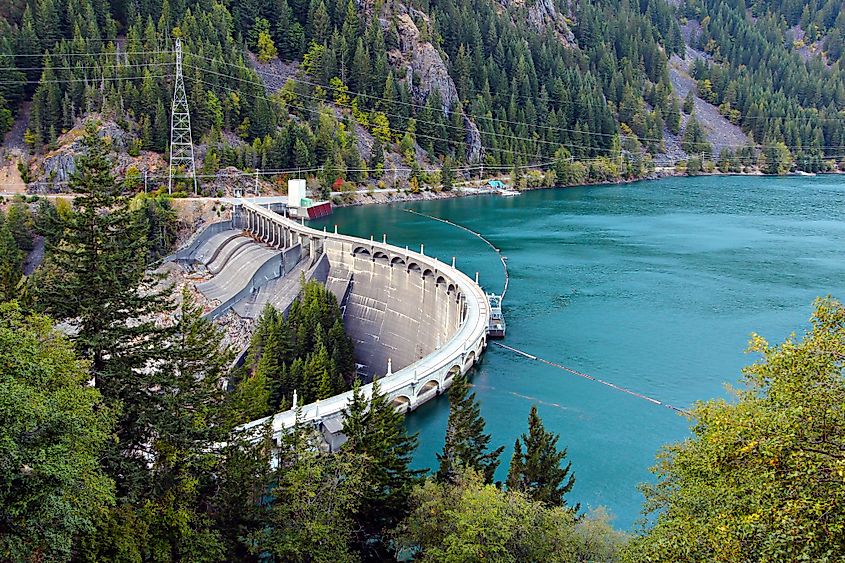
Midway through the 1800s, the first European explorers came to the lake's area, followed by prospectors, loggers, and homesteaders. The Skagit River Hydroelectric Project started constructing the Gorge, Diablo, and Ross Dams in the 1920s, when the City of Seattle began using the Skagit River as a source of electricity. The Ross Dam construction crews resided where the Learning Center is now throughout the 1930s and 1940s.
J.D. Ross' hydropower developments attracted many visitors to the region. He provided attractions like a petting zoo, exotic gardens, and abundant boat excursions, as well as sumptuous meals in the Newhalem cookhouse, to raise public awareness and money for his huge initiative. The Learning Center, located on the northern bank of Diablo Lake, behind the chain's middle dam, which, after its construction in 1930, stood at the height of 389 feet. The dams are currently managed by Seattle City Light, a public utility that supplies more than 25% of Seattle's energy.
Recreation In Diablo Lake
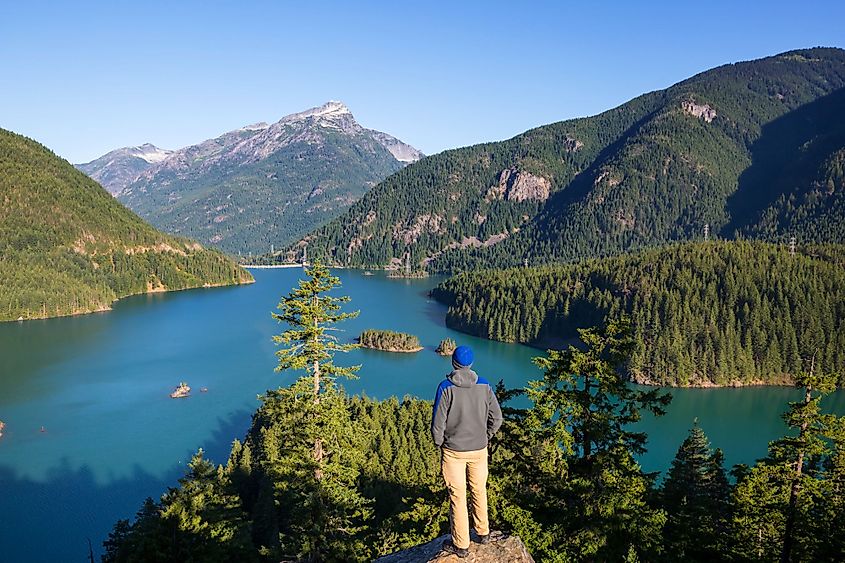
Fishing
With more than 800 acres, the lake is enormous in comparison to many other fishing lakes in western Washington. On the lake, motorized boating is common but severely restricted (no waterskiing or tubing permitted), and four-stroke motors are required. The major draw at this Skagit River impoundment is the naturally reproducing rainbow trout. The catching of bull trout and Dolly Varden is prohibited in the lake. Contrary to many fishing lakes in the state, two-pole fishing is not permitted as well.
Hiking
Several routes offer views of Diablo Lake. The 7.5-mile Diablo Lake Trail travels along Sourdough Mountain and begins at the North Cascades Environmental Learning Center. The trek offers lake vistas, access to the lake, and a view of Ross Dam, as well as a few moderately difficult hills. A shorter, moderate, and enjoyable trek for families is the Thunder Knob Trail, which is about 3.5 miles roundtrip. It goes to a viewpoint on the south side of Diablo Lake with breathtaking views of the surrounding peaks via a creekbed, woodland, and crossing of a clear stream.
Camping
Camping at Diablo Lake is possible via drive-in, boat-in, or backpacking campsites. Colonial Creek Campground is the most famous location because of its proximity to Diablo Lake, trails, and boat launch. There are plenty of other camping alternatives as well.
